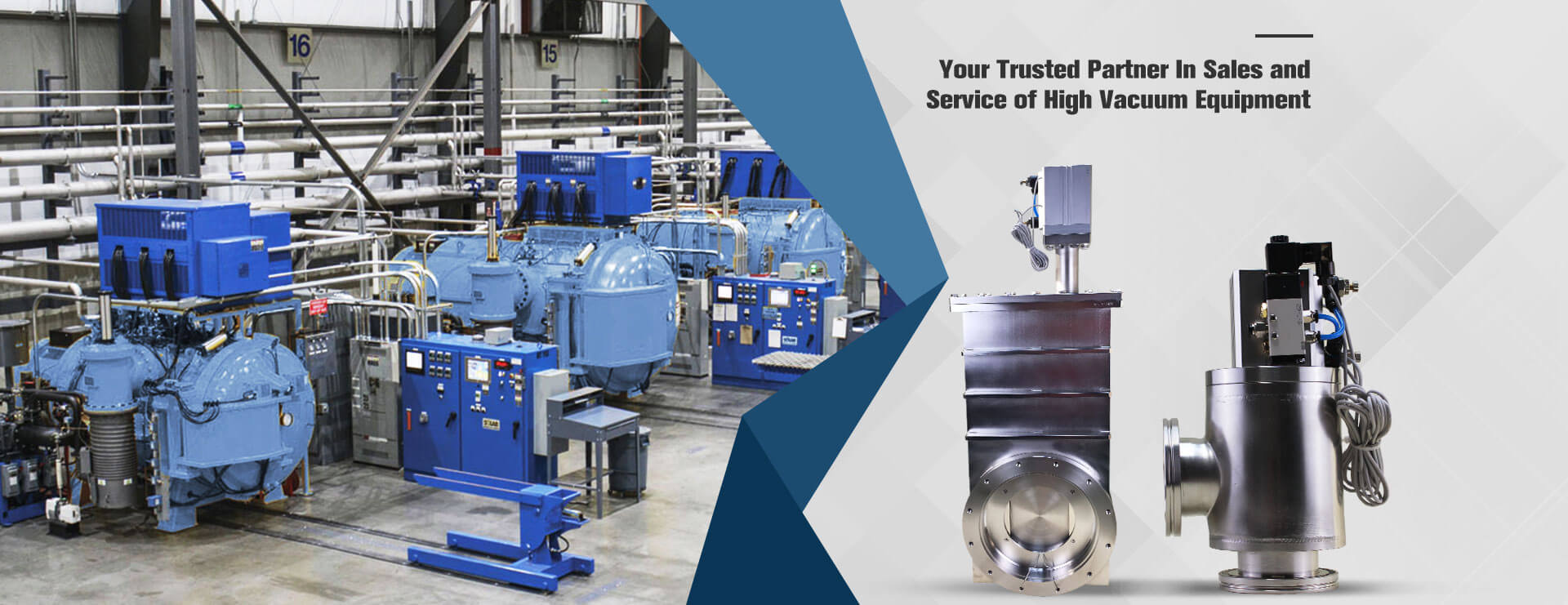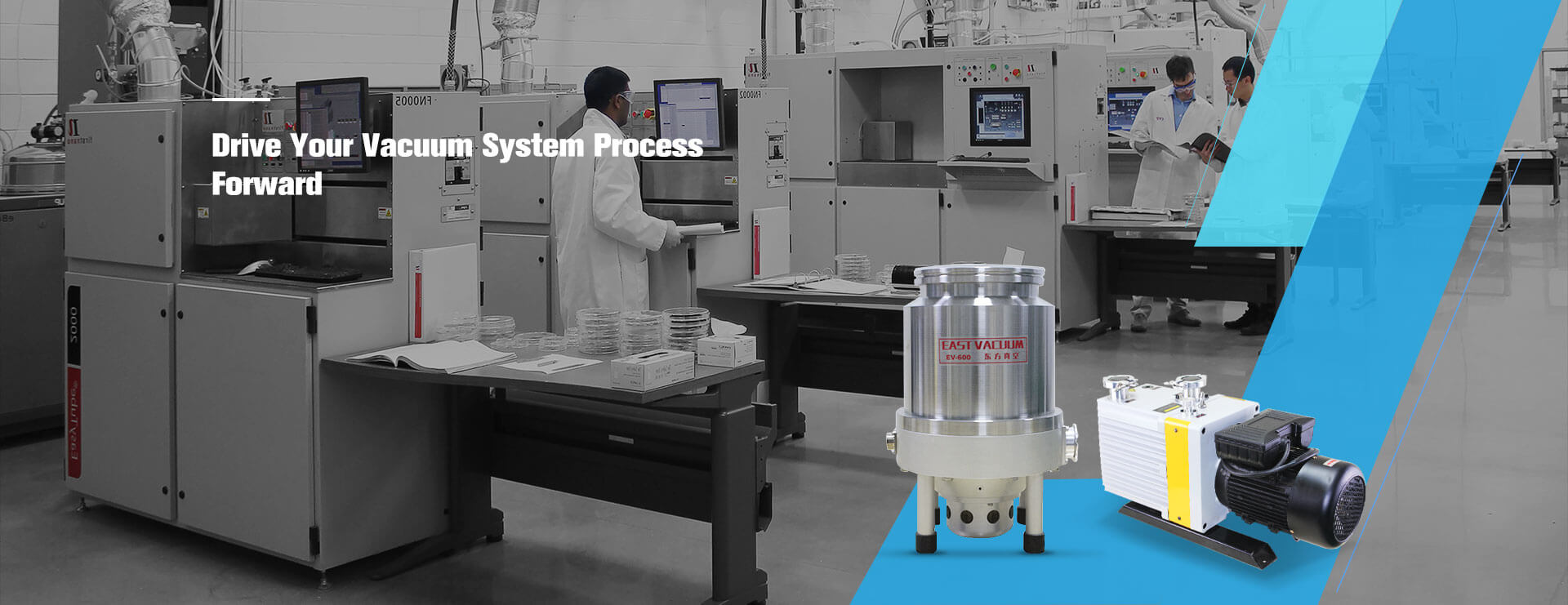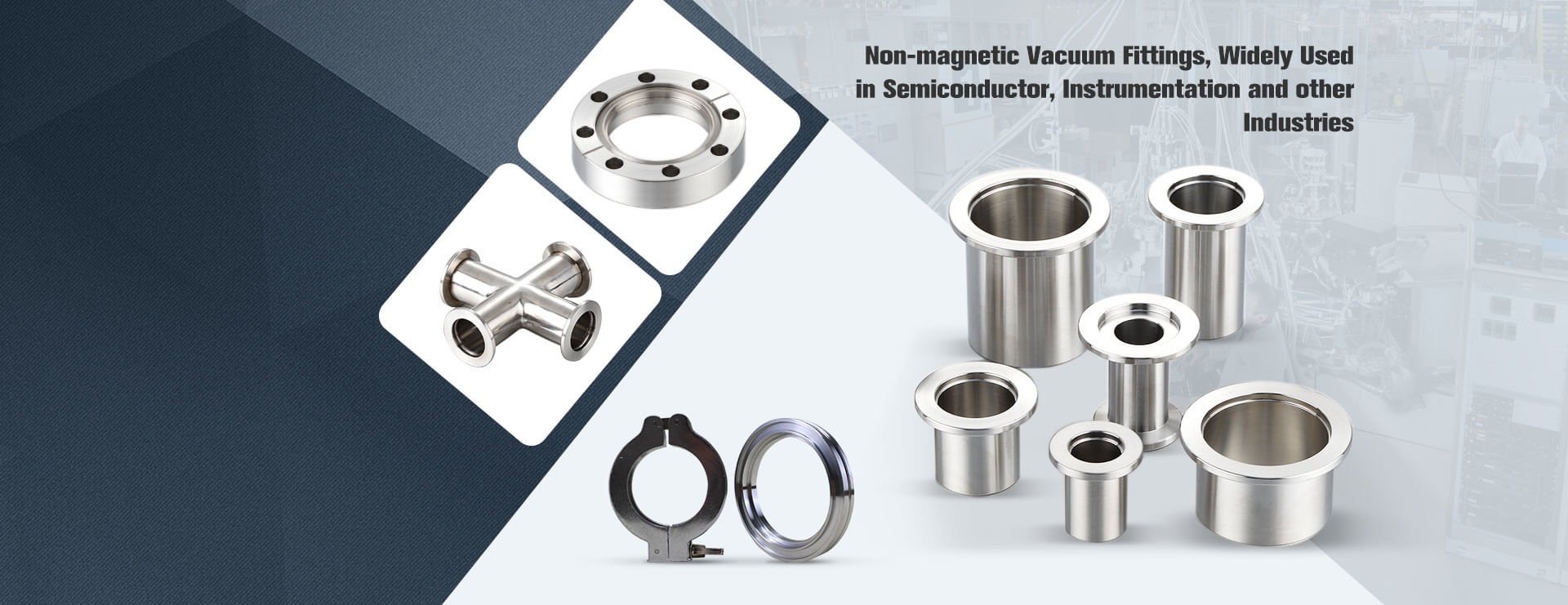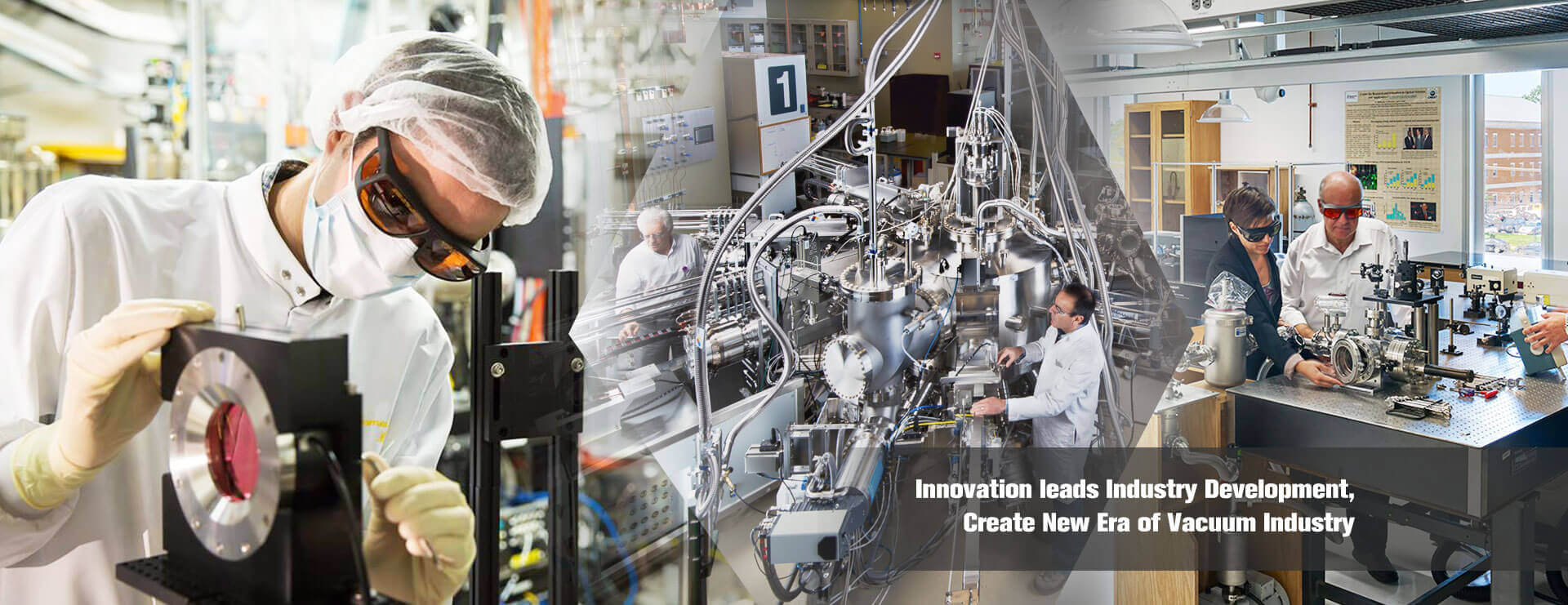Many people may see gas ballast in the instructions of some oil sealed vacuum pumps. For example, there may be two types of vacuum degree for rotary vane vacuum pumps: one is the value of gas ballast on, and the other is the value of gas ballast off. What is the role of the gas ballast in this?
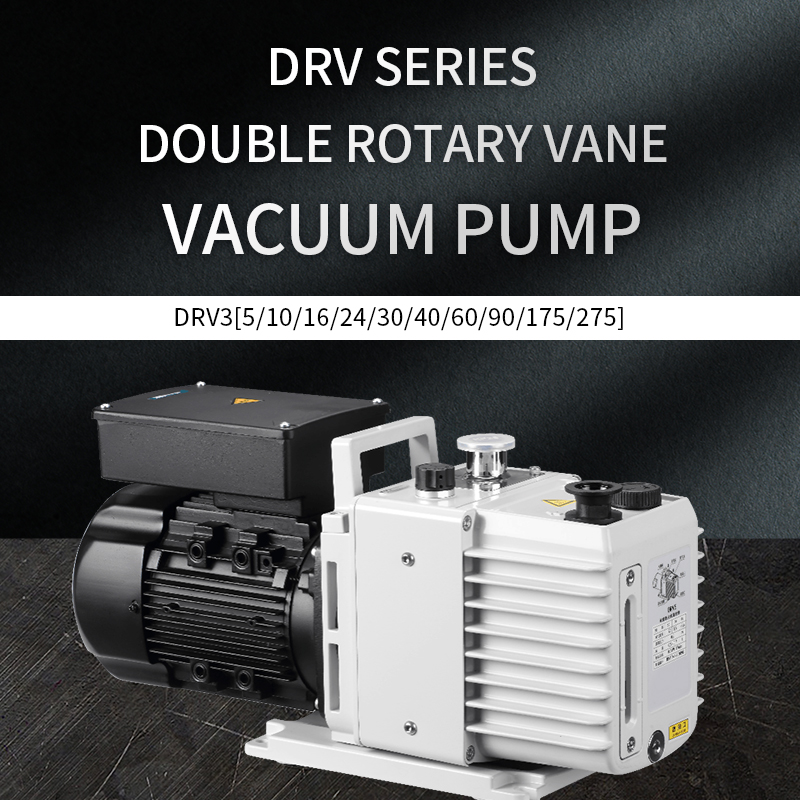
When it comes to gas ballast, we need to talk about permanent gases and condensable gases. Some gases in our daily life and work, such as oxygen, nitrogen, hydrogen, methane, and helium, cannot be compressed and liquefied at room temperature. We call them permanent gases. On the other hand, the most common gas, such as water vapor, can be liquefied by compression, and we call it a condensable gas.
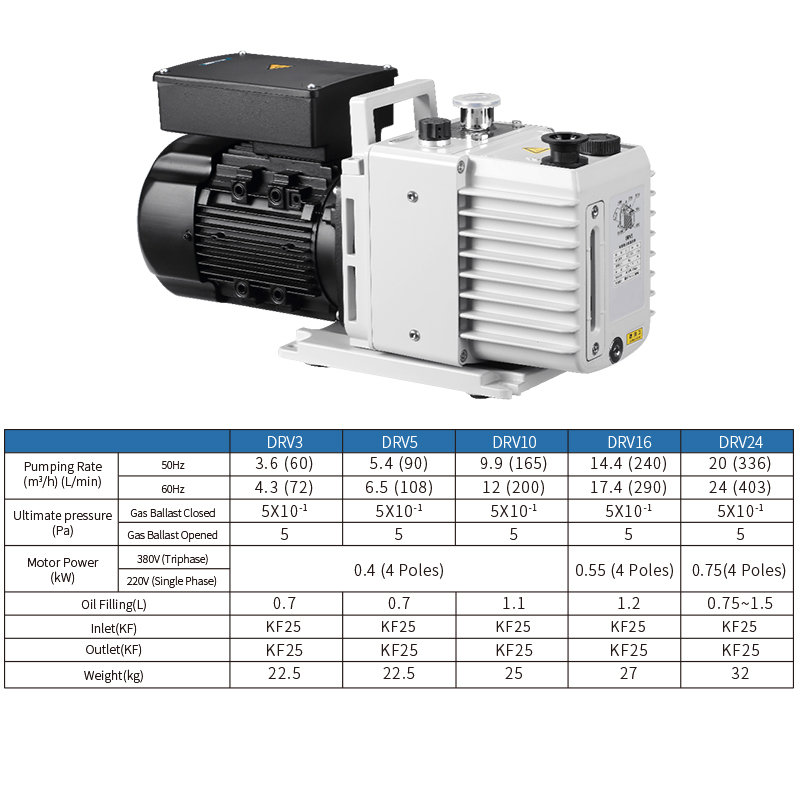
Whether it is an oil sealed vacuum pump or a dry vacuum pump, during the process of extracting condensable gas, once the pressure of the extracted gas exceeds the saturated vapor pressure of the gas at that time, condensation of condensable gas will occur. However, due to the presence of lubricating oil in the pump chamber, when condensable gases condense, the liquefied gases will cause oil pollution, and over time, emulsification of the pump oil will occur, causing it to lose its lubrication protection effect; On the other hand, the condensed gas will re evaporate when it returns to the low-pressure end, causing a decrease in the vacuum performance and pumping efficiency of the vacuum pump.
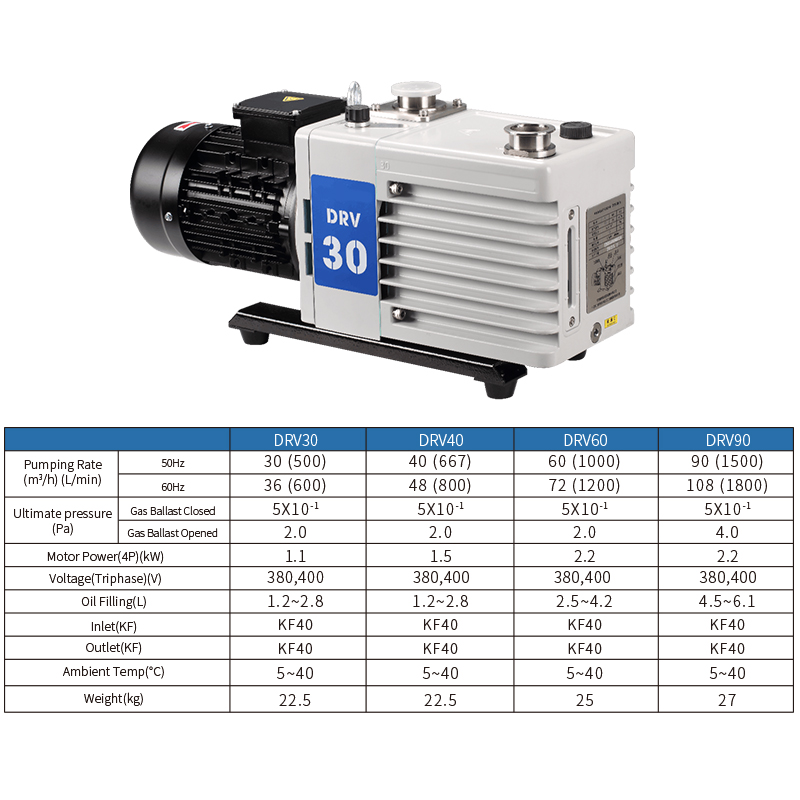
The gas ballast is designed to address this phenomenon in oil sealed vacuum pumps. Its working principle is also relatively simple, that is, when the partial pressure of the condensable gas exceeds the saturated vapor pressure of the gas, but the overall pressure in the pump chamber does not reach the exhaust pressure, the dry permanent gas is timely filled through the gas ballast, so that the overall pressure in the pump chamber reaches the exhaust pressure force in advance for discharge, thereby preventing the condensation of the condensable gas. During the discharge process, the permanent gas filled will also be discharged along with the gas in the original pump chamber.
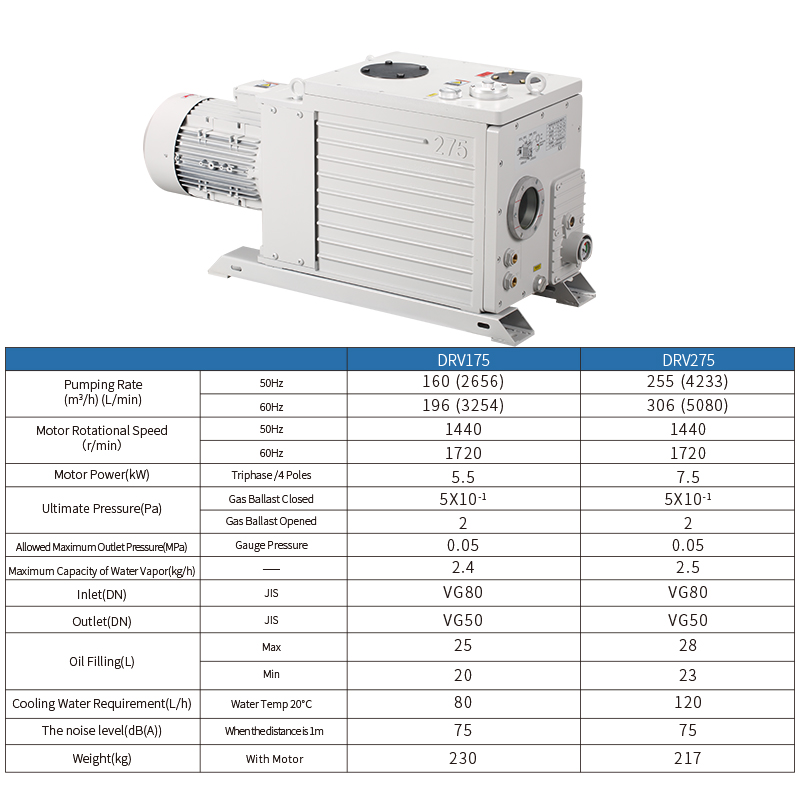
The above is the role of gas ballast in oil sealed vacuum pumps. But even with the presence of gas ballast, oil sealed vacuum pumps are only suitable for extracting a certain amount of condensable gas in the medium environment. Once a large amount appears, the efficiency cannot be guaranteed. Dry vacuum pumps may also experience gas condensation, but due to the absence of pump oil, their performance in removing condensable gases is superior to various oil sealed vacuum pumps.
Beijing Super Q has been dedicated to the research and development and production of vacuum equipment for more than ten years, with excellent product quality, excellent performance, and durability. The DRV rotary van vacuum pump produced is exported to more than 100 countries and regions around the world.
Post time: Aug-09-2023

